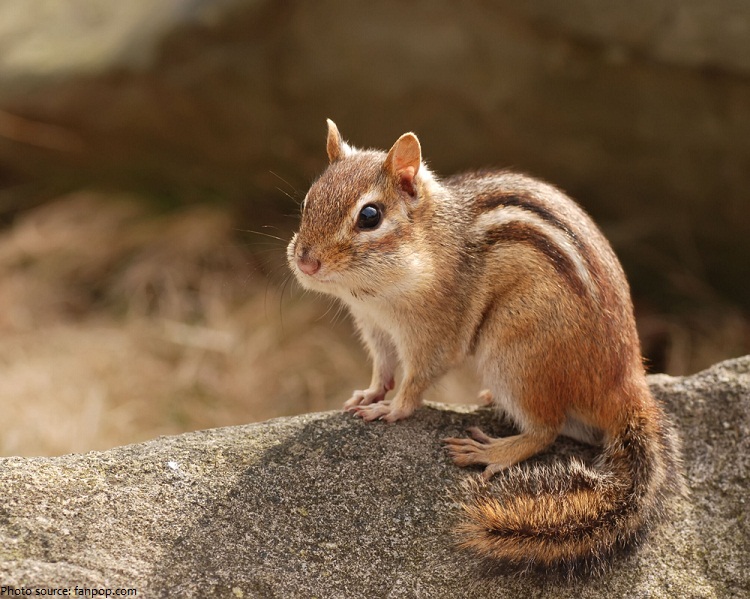First Class 5a.
Identify or show evidence of at least 10 kinds of native plants found in your local area or campsite location. You may show evidence by identifying fallen leaves or fallen fruit that you find in the field, or as part of a collection you have made, or by photographs you have taken.
1.
Pink Milkweed
2.
Paper birch
3.
Purple cone flower
4.
Fern

5.
Stag horn sumac
6.
Smooth rose
7.
Wild ginger
8.
Tamarack
9.
Black-eyed Susan
10.
Common cattail
First Class 5b.
Identify two ways to obtain a weather forecast for an upcoming activity. Explain why weather forecasts are important when planning for an event.

- Watch the weather channel
- Go online and go to the weather channels forecast page
Weather forecasts are important because it could make the event impossible to do if the weather is bad. Also it could change what you are doing depending on what would be best for the weather situation.
First Class 5c.
Describe at least three natural indicators of impending hazardous weather, the potential dangerous events that might result from such weather conditions, and the appropriate actions to take.
Indicators of Stormy weather
-Black clouds
-If the smoke from a fire doesn't rise high into the air
-Check the wind (East wind means bad weather is coming)
Dangers
-Flooding could happening in heavy rains
-Land slides could happen
Actions
-Stay inside if possible
-Put all valuable items in shelter
-Put on rain coat and have umbrella
First Class 5d.
Describe extreme weather conditions you might encounter in the outdoors in your local geographic area. Discuss how you would determine ahead of time the potential risk of these types of weather dangers, alternative planning considerations to avoid such risks, and how you would prepare for and respond to those weather conditions.
Heavy Snowfall
-Can make travel very difficult
-Makes roads very tough to drive on
Precautions
-Have salt and shovels ready
-Stay inside if at all possible
-Be careful on roads
Actions
-Shovel out driveway
-Wear snow gear
-Take driving slow
Heavy Rainstorm
-Can make travel difficult
-Makes road very slippery
Precautions
-Stay inside if at all possible
-Be careful on roads
-Have rain gear ready
Actions
-Wear rain gear
-Take driving slow
Tornado
-Can destroy house
Precautions
-Stay inside
Actions
-Go into basement
Second Class 4.
Identify or show evidence of at least 10 kinds of wild animals (such as birds, mammals, reptiles, fish, or mollusks) found in your local area or camping location. You may show evidence by tracks, signs, or photographs you have taken.
1.
Black Bear

2.
Robin

3.
Bluegill

4.
Deer

5.
Chipmunk

6.
Barred Owl

7.
Wild Turkey

8.
Squirrel

9.
Little Brown Bat

10.
Eastern cottontail rabbit
